DANIEL MARSHALL ARCHITECTS
- in progress
- 2015
- 2012-2014
- 2009-2011
- 2007-2008
- 2006
- 2001-2005
A Path To Dwell On
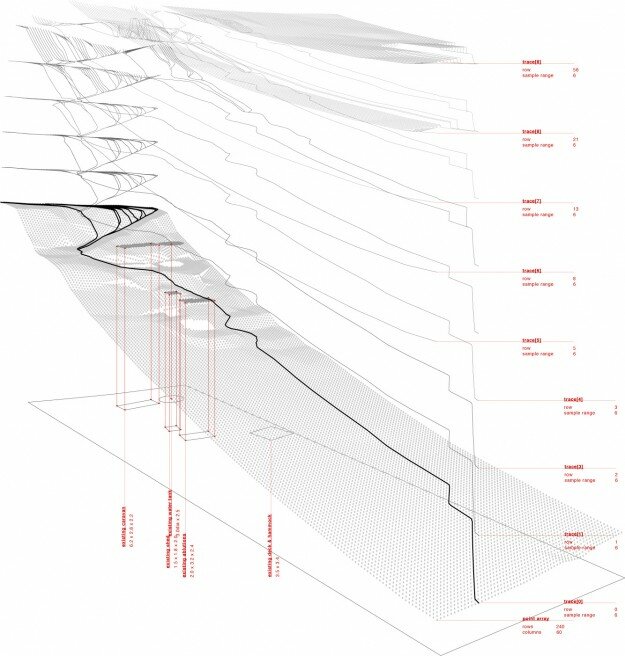
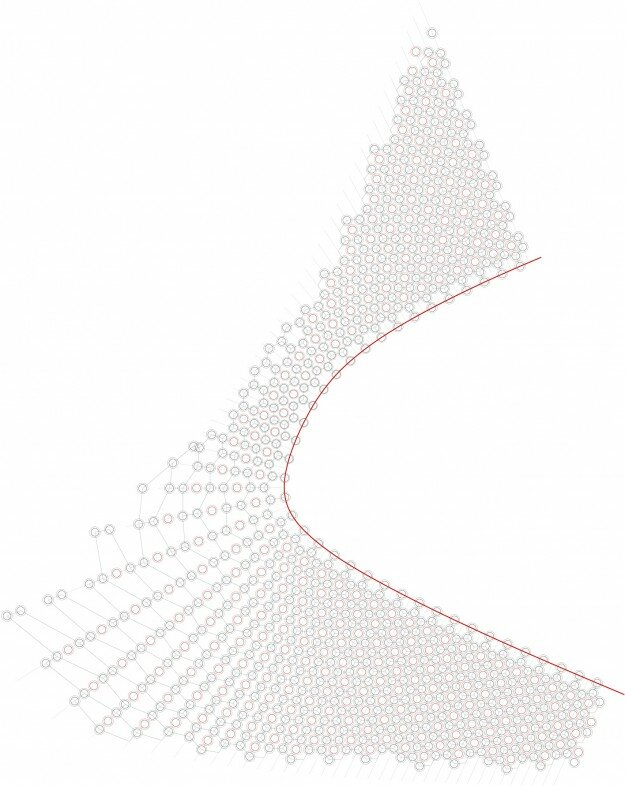
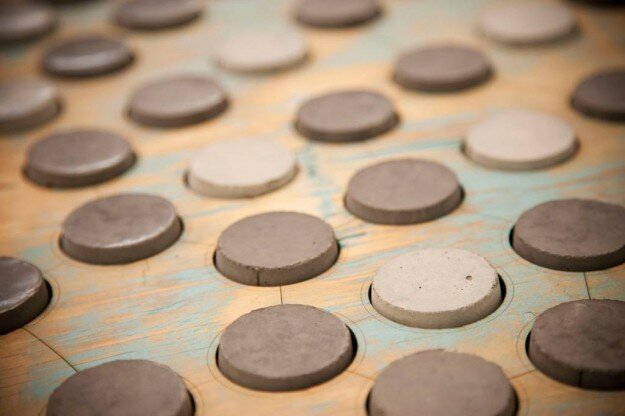
A PATH BEYOND THE HEROIC ARCHITECT
A series of failed ‘heroic architect’ schemes, highlights an opportunity to dwell on the evolution of the site’s existing inhabitation.
AN EXISTING PATH FOR AN EXISTING CONDITION
Over a number of years and a series of occupants, the site has evolved and adjusted to various functional insertions; a water tank, ablution shed, caravan, deck, hammock, compost heap and fairy glen. Each insertion, its position and placement an intuitive re- sponse to an inherent site condition; the warmth of 6 o’clock summer sun confirming the location of an evening deck.
These insertions are naturally connected with pathways. These paths are at times formally composed and others unconscious; corridors revealed through collective pressure. Both are traces of occupation marking the interaction between the functional inser- tions.
AMPLIFICATION OF AN ADAPTIVE PATH CONDITION
To design an intervention without obliterating the existing patterns of inhabitation the design of an ‘evolutionary path’ becomes the new brief.
The architect’s new role is to design a system that has adaptive, formative and amplification qualities.
ADAPTATION: Evolution of the site’s progressive shelter and amenity will occur over time as changes in circumstance arise. The system shall adapt to these changes in circumstance. The path must adjust to flow with the long term view of the family’s custo- dianship of the site. This is achieved by resolving an equilibrium between previous insertions and the adjusted requirements and feasibilities.
FORMATIVE: By taking on a natural ‘path of most resistance’, weaving around existing insertions, and adjusting to new insertions, a successful path will demarcate opportunity for the development of sleeping enclosures, ablution, food preparation and the cast- ing of north facing courtyards.
AMPLIFICATION: the system is to identify the existing path routes and through collective pressure amplify the path/s that allow a ‘good fit’ with custodians circumstance and the site’s history.
FINDING THE PATH – THE SYSTEM
Digitally modeling the site’s natural topography and it’s adjusted topography manipulated by its built insertions allows the use of computational tools to analyse the existing intuitively formed pathways. Algorithms are programmed which test for the ‘path of most resistance’ and present them in a diagrammatic format.
The resulting diagrams successfully highlight the existing pathways, locate the potential for amplification of existing paths and demonstrate the possibility new pathways. The digital paths become routes of controlled resistance.
WHAT IS THE PATH
‘The details are not the details. They make the design.’ Charles Eames
At nearby Onetangi beach, sand castles present a temporary forming of the landscape : at the site, concrete castle-cobbles offer a durable built-scape and a hands on family activity for many weekends to come.
Reuse of takeaway coffee cups provides formwork for precast castle-cobbles. Individually crafted, the presence of the hand is unmistakable. Imperfect units to be hand assembled into the path. However the collection of the formwork will take time… 50m2 of path = 11,200 used cups…
AMPLIFICATION OF A PATH
Circles naturally form hexagons when packed tightly. Amplification of the cobbled path’s geometry is amplified through computa- tion leveraging the mathematics of an adaptive hexagon. Digitally we resolve a hexagonal cobble distribution with the ability to twist, bend, amplify and stress the contour the path shall take.
Further play on path geometry, coffee cup size variation, and concrete oxide experimentation allows further possible interaction with existing insertions and allows a keying of the future built forms structure into the depth of the path.
A PATH TO DWELL ON
The evolution of an architects dwelling… ‘yep, definitely! one day …’
Click for high res.
Next Blog Post: Mike & Nick Win the AAA Cav Brem
Previous Blog Post: A Place in the Sun
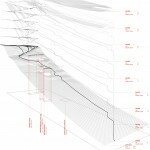
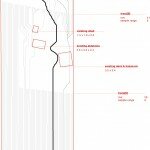
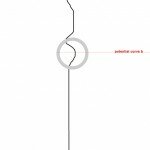
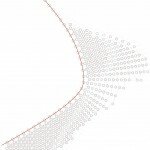
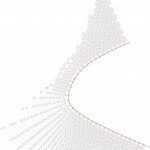
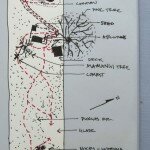
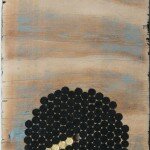


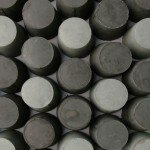
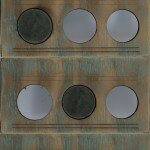

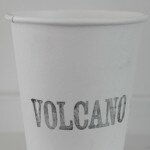


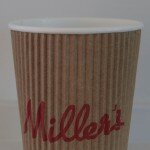



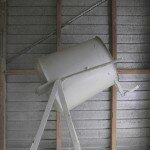

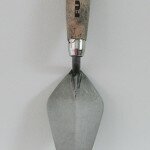

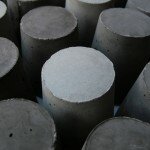

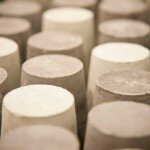
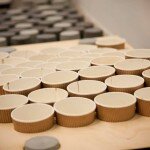
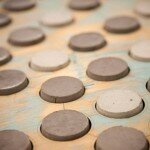
i can donate a coffee cup a day for your project – sometimes two……
[...] Last night DMA’s Mike Hartley and Nick Sayes won the AAA Cavalier Bremworth Design Awards 2010 for their project, “A Path to Dwell On“. [...]
Well done on the win Mike and Nick.
Do we save coffee cups here as well?